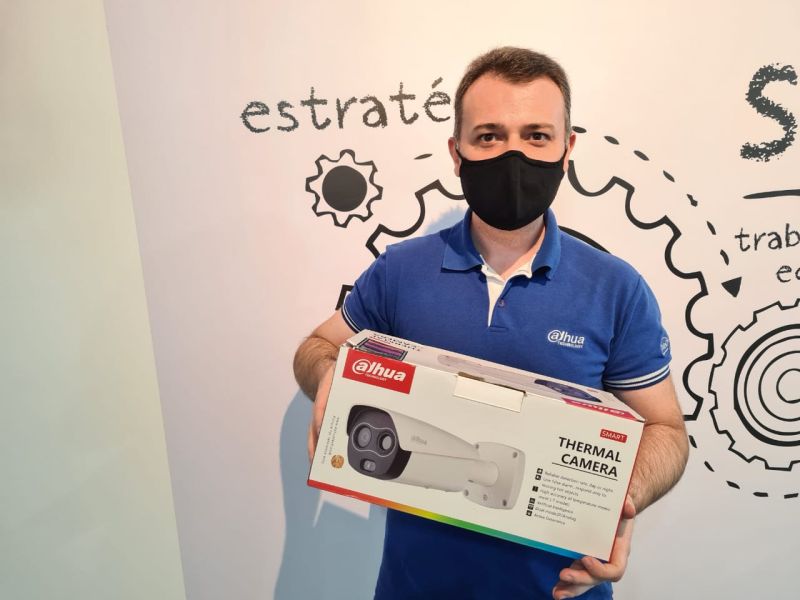Recruitment of toxin-like proteins with ancestral venom function supports endoparasitic lifestyles of Myxozoa [PeerJ]
Por um escritor misterioso
Descrição
Cnidarians are the oldest lineage of venomous animals and use nematocysts to discharge toxins. Whether venom toxins have been recruited to support parasitic lifestyles in the Endocnidozoa (Myxozoa + Polypodium) is, however, unknown. To examine this issue we variously employed transcriptomic, proteomic, associated molecular phylogenies, and localisation studies on representative primitive and derived myxozoans (Malacosporea and Myxosporea, respectively), Polypodium hydriforme, and the free-living staurozoan Calvadosia cruxmelitensis. Our transcriptomics and proteomics analyses provide evidence for expression and translation of venom toxin homologs in myxozoans. Phylogenetic placement of Kunitz type serine protease inhibitors and phospholipase A2 enzymes reveals modification of toxins inherited from ancestral free-living cnidarian toxins, and that venom diversity is reduced in myxozoans concordant with their reduced genome sizes. Various phylogenetic analyses of the Kunitz-type toxin family in Endocnidozoa suggested lineage-specific gene duplications, which offers a possible mechanism for enhancing toxin diversification. Toxin localisation in the malacosporean Buddenbrockia plumatellae substantiates toxin translation and thus illustrates a repurposing of toxin function for endoparasite development and interactions with hosts, rather than for prey capture or defence. Whether myxozoan venom candidates are expressed in transmission stages (e.g. in nematocysts or secretory vesicles) requires further investigation.
![Recruitment of toxin-like proteins with ancestral venom function supports endoparasitic lifestyles of Myxozoa [PeerJ]](https://dfzljdn9uc3pi.cloudfront.net/2021/11208/1/fig-1-2x.jpg)
Recruitment of toxin-like proteins with ancestral venom function supports endoparasitic lifestyles of Myxozoa [PeerJ]
![Recruitment of toxin-like proteins with ancestral venom function supports endoparasitic lifestyles of Myxozoa [PeerJ]](https://www.researchgate.net/publication/326719123/figure/fig4/AS:654465967337472@1533048254156/Candidate-toxins-from-U-yaschenkoi-A-Candidate-toxins-from-U-yaschenkoi-highlighting.png)
Candidate toxins from U. yaschenkoi. (A) Candidate toxins from U.
![Recruitment of toxin-like proteins with ancestral venom function supports endoparasitic lifestyles of Myxozoa [PeerJ]](https://d3i71xaburhd42.cloudfront.net/ea68ca8e9fdfd24a4a76dda128fef2af7bb1dafb/30-Table4-1.png)
PDF] Venomix: a simple bioinformatic pipeline for identifying and characterizing toxin gene candidates from transcriptomic data
![Recruitment of toxin-like proteins with ancestral venom function supports endoparasitic lifestyles of Myxozoa [PeerJ]](https://media.springernature.com/full/springer-static/image/art%3A10.1038%2Fs41467-023-40550-0/MediaObjects/41467_2023_40550_Fig1_HTML.png)
Domain loss enabled evolution of novel functions in the snake three-finger toxin gene superfamily
![Recruitment of toxin-like proteins with ancestral venom function supports endoparasitic lifestyles of Myxozoa [PeerJ]](https://d3i71xaburhd42.cloudfront.net/0b9b75535bc19c1335b426b0260e271a0c2bddea/7-Table2-1.png)
PDF] Tentacle Transcriptome and Venom Proteome of the Pacific Sea Nettle, Chrysaora fuscescens (Cnidaria: Scyphozoa)
![Recruitment of toxin-like proteins with ancestral venom function supports endoparasitic lifestyles of Myxozoa [PeerJ]](https://www.researchgate.net/profile/Jason-Macrander/publication/326719123/figure/tbl1/AS:670487172628483@1536868007555/Species-specific-Venomix-outputs-following-different-search-strategies_Q320.jpg)
Species-specific Venomix outputs following different search strategies
![Recruitment of toxin-like proteins with ancestral venom function supports endoparasitic lifestyles of Myxozoa [PeerJ]](https://media.licdn.com/dms/image/C4E03AQGrKJdGHCo4_g/profile-displayphoto-shrink_200_200/0/1652784336964?e=2147483647&v=beta&t=iuLUxAWYHZ8T8zdf2h50IJdTrTOHHkvT-kpvZL0AWMI)
Adrian Jaimes-Becerra, PhD - Postdoctoral Researcher - Bioinformatician - The Hebrew University of Jerusalem
![Recruitment of toxin-like proteins with ancestral venom function supports endoparasitic lifestyles of Myxozoa [PeerJ]](https://d3i71xaburhd42.cloudfront.net/b573d0b30d73b4d2274267baf7ca618ef987b499/12-Figure5-1.png)
PDF] Tissue-Specific Venom Composition and Differential Gene Expression in Sea Anemones
![Recruitment of toxin-like proteins with ancestral venom function supports endoparasitic lifestyles of Myxozoa [PeerJ]](https://royalsocietypublishing.org/cms/asset/a7c50bcb-63e5-4aff-9ee1-6d38616d6060/rspb20111731f01.jpg)
Neurotoxin localization to ectodermal gland cells uncovers an alternative mechanism of venom delivery in sea anemones
![Recruitment of toxin-like proteins with ancestral venom function supports endoparasitic lifestyles of Myxozoa [PeerJ]](https://i1.rgstatic.net/publication/357065276_The_cnidarian_parasite_Ceratonova_shasta_utilizes_inherited_and_recruited_venom-like_compounds_during_infection/links/61ddce27323a2268f9997994/largepreview.png)
PDF) The cnidarian parasite Ceratonova shasta utilizes inherited and recruited venom-like compounds during infection
![Recruitment of toxin-like proteins with ancestral venom function supports endoparasitic lifestyles of Myxozoa [PeerJ]](https://d3i71xaburhd42.cloudfront.net/0b9b75535bc19c1335b426b0260e271a0c2bddea/2-Figure1-1.png)
PDF] Tentacle Transcriptome and Venom Proteome of the Pacific Sea Nettle, Chrysaora fuscescens (Cnidaria: Scyphozoa)
![Recruitment of toxin-like proteins with ancestral venom function supports endoparasitic lifestyles of Myxozoa [PeerJ]](https://dfzljdn9uc3pi.cloudfront.net/2021/11208/1/fig-2-full.png)
Recruitment of toxin-like proteins with ancestral venom function supports endoparasitic lifestyles of Myxozoa [PeerJ]
![Recruitment of toxin-like proteins with ancestral venom function supports endoparasitic lifestyles of Myxozoa [PeerJ]](https://dfzljdn9uc3pi.cloudfront.net/2023/15944/1/fig-2-small.jpg)
Description of a common stauromedusa on the Pacific Coast of the United States and Canada, Haliclystus sanjuanensis new species (Cnidaria: Staurozoa) [PeerJ]
de
por adulto (o preço varia de acordo com o tamanho do grupo)







